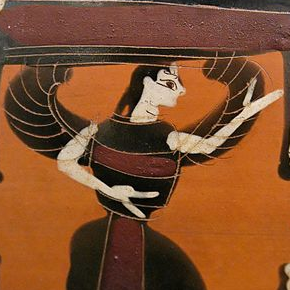The bla program¶
All measurements require a set of Pilatus images taken at energies around the fluorescence energy. These are used to make a mask which identifies which pixels contain signal related to specific emission energies.
A HERFD measurement set also consists of
- A column data file with columns of energy and scalars from the measurement.
- One Pilatus image for each energy point in the XANES scan containing the HERFD signal at that point.
An XES measurement set also consists of
- One or more Pilatus images taken above the absorption edge as a measure of the non-resonant XES.
A RIXS measurement consists of
- A set of Pilatus images taken at energies around the onset of the absorption edge. This may be the same set of images as the elastic images.
This software uses perl, Moose, and PDL to process the images into a high resolution XANES spectrum. The GUI, called METIS, uses WxWidgets and its perl bindings. See Xray::BLA::Image for how to import the signed 32 bit tiff images from the Pilatus directly into PDL.
Usage¶
bla, found in the bin/ folder, is a wrapper script around the
bent Laue processing tasks:
herfd: make a single HERFD spectrum at a specific emission energyxes: compute the emission spectrum for a specific incident energyrixs: generate a sequence of HERFD spectra at a sequence of emission energies, i.e. make an XAS-like RIXS planeplane: generate a sequence of XES spectra at a sequence of incidence energies and concatenate them into a single output file, i.e. make an XES-like RIXS planemap: convert a series of elastic images to an energy vs. pixel mapmask: compute the mask file for a specific emission energypoint: convert a specified BLA image to its HERFD value for a specified emission energy
Contents¶
Xray::BLA and METIS are copyright © 2011-2014, 2016 Bruce Ravel and Jeremy Kropf – This document is copyright © 2016 Bruce Ravel
This document is licensed under The Creative Commons Attribution-ShareAlike License.
If this software and its documentation are useful to you, please consider supporting The Creative Commons.
